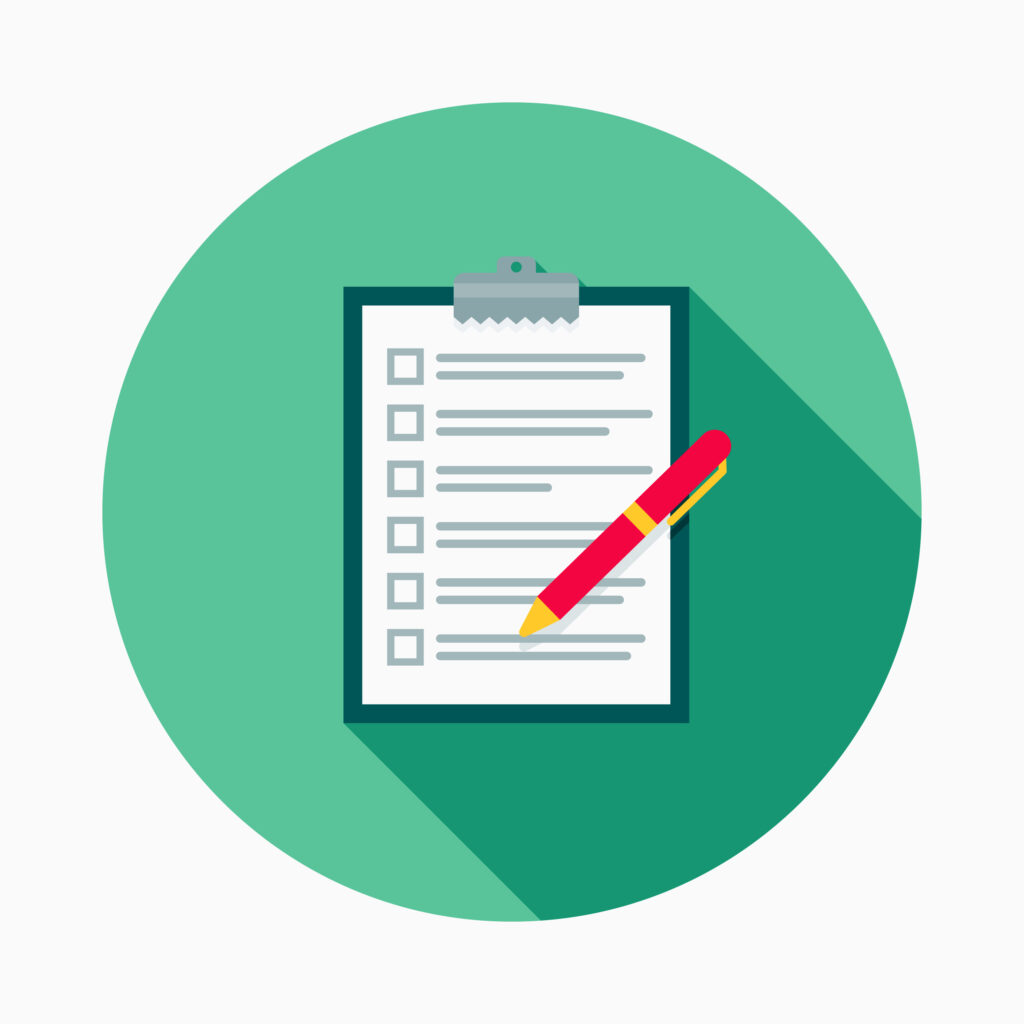
Several of the most powerful elements of the GTD® methodology are simply the extension of some habits many people are already using, in some form, into other areas of their lives, or applying some practises they have in place, in some situations, to many other areas as well.
For example, everyone reading this might reach for a pen and paper to write down something important; GTD simply encourages this practice, of Capturing your thoughts safely, to cover every single idea that you’d possibly like to do something about in the future.
“There is no reason to ever have the same thought twice, unless you like having that thought” -David Allen
Then there is the near universal habit of using a shopping list. A systematic approach to managing workflow, if ever there was one. A method that incorporates many best practices of GTD, that we can analyse and learn from to see why the elements that make shopping lists so appealing and useful can be applied to other things in your lives.
So, how does your shopping list work?
First, if you use one, you know that you have a shopping list. This sounds too simple to need stating, however, when I first introduce people to the idea that not everything belongs on the same single list (as I wrote about here) and that having more than one list is a good idea, I’m often asked “how will I remember all these lists?”. I’ve never found it hard to remember the lists I have; I just don’t try and remember what is on each list; that’s for the lists to remember for me.
The shopping list is also a great example of a “Context specific list”. You put things on it you can do in the Context of the shop, and you don’t put things on it that you can’t do in the shop. The idea of having a list of things you can do at Home, or at the Office, is just this idea used for other places.
Once you know you have a shopping list, you will add things to it whenever something pops into your head that you think you’d like to buy when you’re shopping. This is how we recommend you use all your lists, especially Agenda lists: when you think of something you’d like to speak to a group or individual about, add it to their Agenda list.
Sometimes, though, you may know you have a dinner party coming up or a group of large meals that you need to plan and prepare for, like at Christmas time. Now, for these, you may not want to start randomly adding single items to your shopping list but actually plan out menus: look at recipe books and discuss meal plans with others. Only once this prep work is complete will you go through your recipes, plans and notes to add the items you need to buy to your shopping list, hopefully in a useful order to make the actual shopping trip as easy as possible. This is exactly the approach we would recommend with larger projects you are working towards: plan as much as you need in advance, involving research and others as necessary, and then work out the Next Actions you will take and put these on your relevant Next Action lists.
Importantly, in the above example, you wouldn’t want to be in the supermarket, with all your recipe books and notes from your friends in your hands, trying to sort through them as you walk around the aisles to choose the right ingredients; that would be stressful and probably result in you walking up and down the same aisles again and again. The same is true of Next Actions and our strong recommendation that you do not have these buried in project support materials or meeting notes from two weeks ago. When you’re trying to get things done, you don’t have time to go hunting in the piles and files, you want your Next Actions clearly visible to you, and grouped by context not project, so you can then move many projects forwards at the same time: if you’re making phone calls, what other phone calls could you make; when you’re sending emails, what other emails can you send; when you’re talking to your boss, what other topics could you cover?
Sometimes you may be short of time and not able to do a full shop. Here your shopping list can be great for scanning and marking for vital items you must pick up quickly, that you need for tonight or tomorrow, for example. This isn’t the most time efficient way to shop but necessary sometimes. All your lists can be used like this too. It is better to have a list to scan down for vital ‘must dos’ than to try and think of all the things you ‘must do’ in the heat of the moment.
Finally, whether you keep your shopping list on the back of an envelope, in a paper notebook, on your phone, in a digital list app, or write it on your arm, we don’t mind. Just as with GTD, it isn’t where you store your commitments that matters, as long as it’s not in your head.

